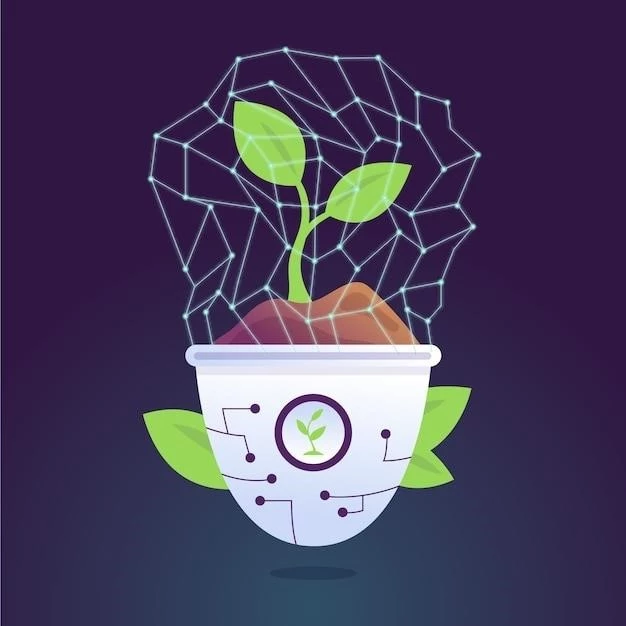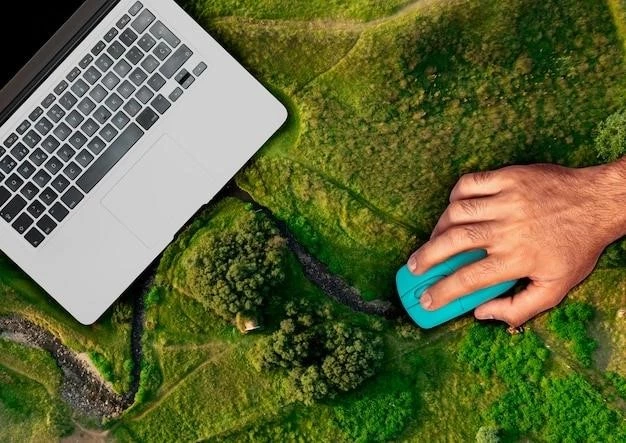In the face of escalating environmental challenges‚ technology has emerged as a powerful ally in the fight for conservation. From tracking endangered species to monitoring deforestation‚ technological innovations are transforming how we understand‚ manage‚ and protect our planet. This article will delve into the multifaceted role of technology in conservation‚ exploring its applications‚ benefits‚ and future potential.

1. Monitoring and Data Collection
Technology empowers conservationists with unprecedented capabilities for monitoring ecosystems and gathering crucial data. This data-driven approach is essential for making informed decisions and implementing effective conservation strategies.
1.1. Remote Sensing
- Satellites: Provide wide-scale imagery for tracking deforestation‚ habitat fragmentation‚ and changes in land use patterns.
- Drones: Offer high-resolution aerial imagery for monitoring wildlife populations‚ assessing habitat health‚ and combating poaching.
1.2. Sensor Networks
- Camera Traps: Capture images and videos of elusive animals‚ providing insights into their behavior‚ distribution‚ and population dynamics.
- Acoustic Sensors: Record and analyze soundscapes to monitor biodiversity‚ detect illegal logging‚ and track the movements of vocal animals.
- Biotelemetry: Uses GPS trackers‚ radio collars‚ and other devices to monitor the movements‚ behavior‚ and physiological parameters of animals.

2. Data Analysis and Modeling
The vast amounts of data generated by technological tools are meaningless without robust analysis and interpretation. This is where sophisticated software and computational models come into play.
2.1. Big Data Analytics
- Identify patterns and trends in ecological data.
- Predict the spread of invasive species or diseases.
- Model the impacts of climate change on ecosystems.
2.2. Artificial Intelligence (AI)
- Automate data analysis tasks‚ such as identifying species in camera trap images.
- Develop predictive models for poaching risks or habitat suitability.
- Optimize conservation strategies based on real-time data.
3. Conservation Action and Management
Technology not only helps us understand environmental issues but also empowers us to take direct action to address them.
3.1. Anti-Poaching and Wildlife Crime
- Drones equipped with thermal imaging can detect poachers in real-time.
- DNA analysis can trace the origins of illegal wildlife products.
- Online platforms facilitate information sharing and collaboration among anti-poaching units.
3.2. Habitat Restoration and Management
- Drones can plant trees in remote or difficult-to-access areas.
- Remote sensors can monitor the progress of restoration efforts.
- GIS mapping helps prioritize areas for conservation and restoration.
3.3. Community Engagement and Citizen Science
- Mobile apps allow citizens to contribute data on wildlife sightings‚ pollution events‚ or invasive species.
- Online platforms raise awareness about conservation issues and engage the public in conservation efforts.
4. Emerging Technologies and Future Directions
The field of conservation technology is constantly evolving‚ with new innovations emerging all the time. Some of the most promising future directions include:
4.1. Environmental DNA (eDNA)
- Detecting the presence of species from trace amounts of DNA in water or soil samples.
- Monitoring biodiversity without the need for direct observation.
4.2. Blockchain Technology
- Tracking the supply chains of sustainable products to combat illegal logging and fishing.
- Creating transparent and secure systems for managing conservation funding.
4.3. Virtual and Augmented Reality (VR/AR)
- Creating immersive experiences that foster empathy and understanding of conservation issues.
- Training conservation professionals in realistic simulations.
5. Conclusion
Technology is revolutionizing the field of conservation‚ providing us with powerful tools to monitor‚ understand‚ and protect our planet. From satellites tracking deforestation to AI analyzing wildlife images‚ technological innovations are empowering conservationists to address environmental challenges with greater efficiency and effectiveness. As technology continues to advance‚ we can expect even more groundbreaking applications to emerge‚ offering hope for a more sustainable future. By embracing the potential of technology and fostering collaboration between scientists‚ conservationists‚ and technologists‚ we can harness the power of innovation to create a healthier planet for all.










